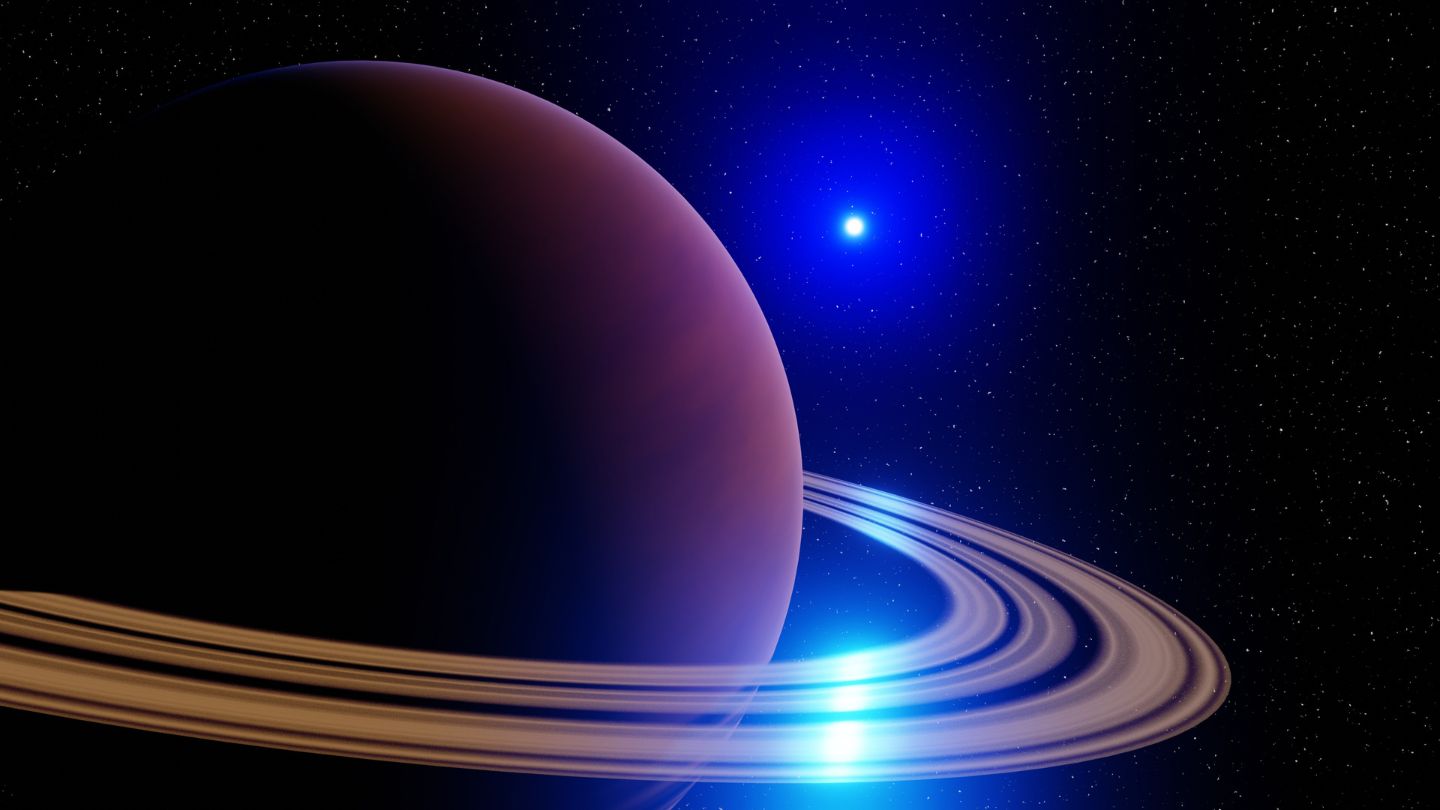Exploring the Beauty and Mystery of Saturn through Amateur Astronomy
Saturn, the sixth planet from the Sun, is one of the most awe-inspiring celestial objects to observe through a telescope. Even with a relatively small telescope, amateur astronomers can see an astonishing amount of detail in Saturn’s disk and its iconic ring system. This article aims to guide you through what you can expect to see on Saturn and its rings with a small telescope.
What Constitutes a “Small” Telescope?
When we talk about a “small telescope,” we generally refer to instruments with an aperture size ranging from about 3 inches (76 mm) to 6 inches (150 mm). These telescopes are not only more affordable but also easier to handle, making them perfect for amateur astronomers. The type of telescope—whether it’s a refractor, reflector, or compound—can also affect what you can see, but aperture size is usually the most critical factor.
For a basic guide to telescope types, check out Sky & Telescope’s guide.
Saturn’s Disk
With a small telescope, Saturn will appear as a tiny, yellowish disk. While you may not see all the intricate cloud patterns that can be seen in high-resolution images taken by spacecraft like Cassini, the disk itself is a fascinating sight.
Saturn’s Rings
The rings are undoubtedly the most captivating feature of Saturn. Even with a small telescope with an aperture of around 4 inches, you can distinctly see that Saturn is not a simple round object but has something “extending” from its sides—these are Saturn’s rings.
Ring Division and Details
With a 6-inch telescope under good seeing conditions, you can begin to make out the Cassini Division, the dark gap that separates Saturn’s A and B rings. Some color differentiation can also be perceived, as the A and B rings have slightly different shades.
For an in-depth look at Saturn’s rings, refer to this research article.
Moons of Saturn
Saturn has a large family of moons, and some of these are visible with a small telescope. Titan, the largest moon, is often easily visible as a tiny point of light near the planet. Other, smaller moons like Rhea, Dione, and Tethys can also sometimes be spotted under excellent viewing conditions.
For a complete list of Saturn’s moons and how to observe them, visit The Planetary Society’s website.
What You’ll Need for Optimal Viewing
- High-Quality Eyepiece: A high-quality eyepiece can make a significant difference in the clarity and details you can see.
- Stable Mount: Ensure your telescope has a stable mount to minimize shaking.
- Good Seeing Conditions: Atmospheric conditions can significantly affect your observations. Choose a night when the sky is clear, and the air is still.
For an equipment guide tailored to planetary observations, check this article.
Conclusion
Exploring Saturn and its rings through a small telescope can be a fulfilling experience for both novice and experienced amateur astronomers. Although you may not see all the fine details visible in professional photographs, the experience of witnessing this beautiful planet and its rings with your own eyes is unparalleled.
For further reading and observation tips, consult Observing Saturn: The Astronomer’s Complete Guide.
Happy stargazing!
Sources and Further Reading
- Sky & Telescope: Types of Telescopes
- NASA Cassini Mission: Official Website
- Research Article: In-depth look at Saturn’s Rings
- The Planetary Society: Saturn’s Moons
- Equipment Guide: Best Telescope Equipment for Planetary Observations
- Complete Guide: Observing Saturn: The Astronomer’s Complete Guide
Author

An aspiring business leader, I am working towards my dream of graduating from Stanford University with a degree in Business Management. Passionate about sharing knowledge, I strive to empower others through education and collaborative learning.
View all posts


